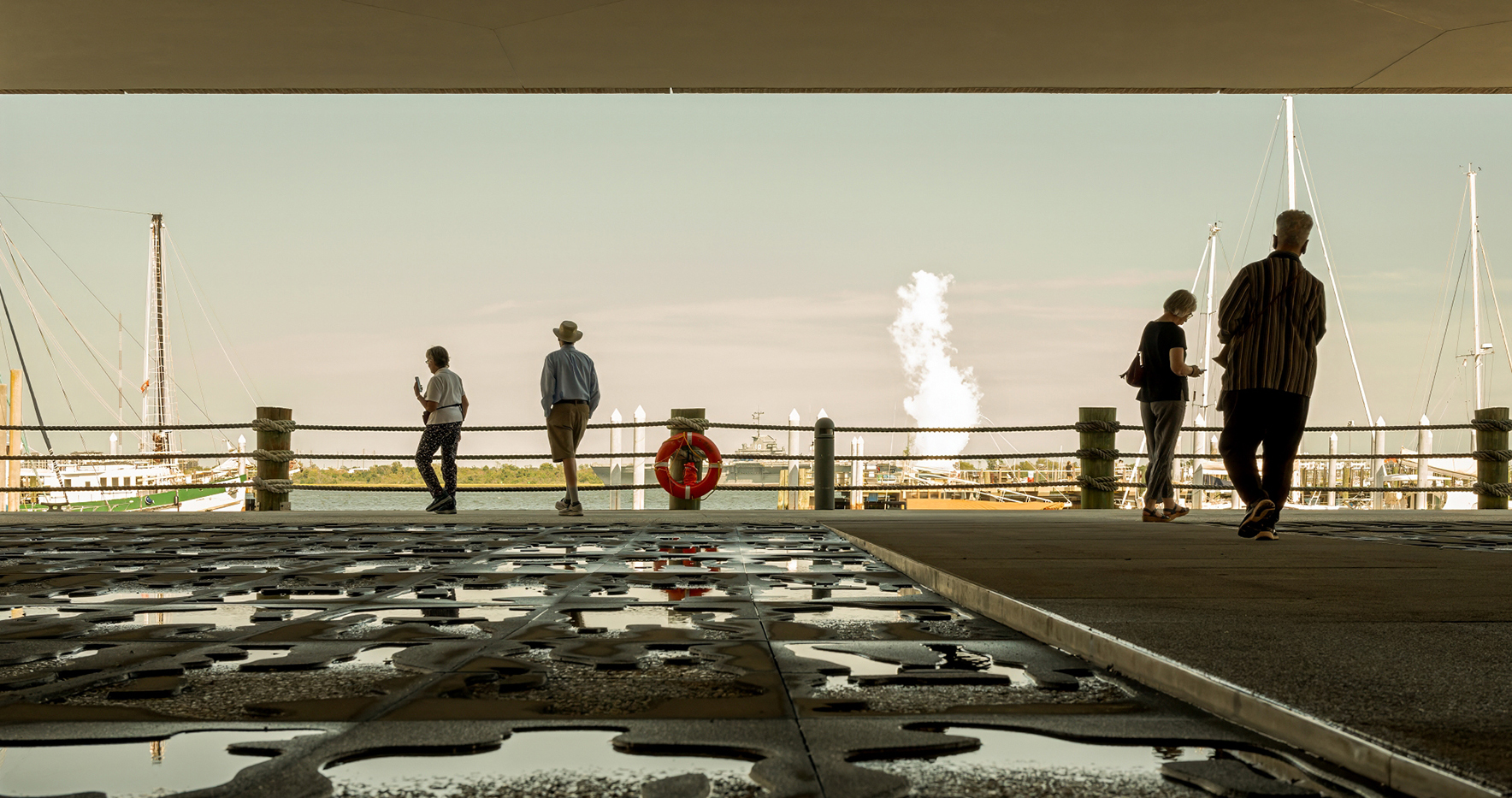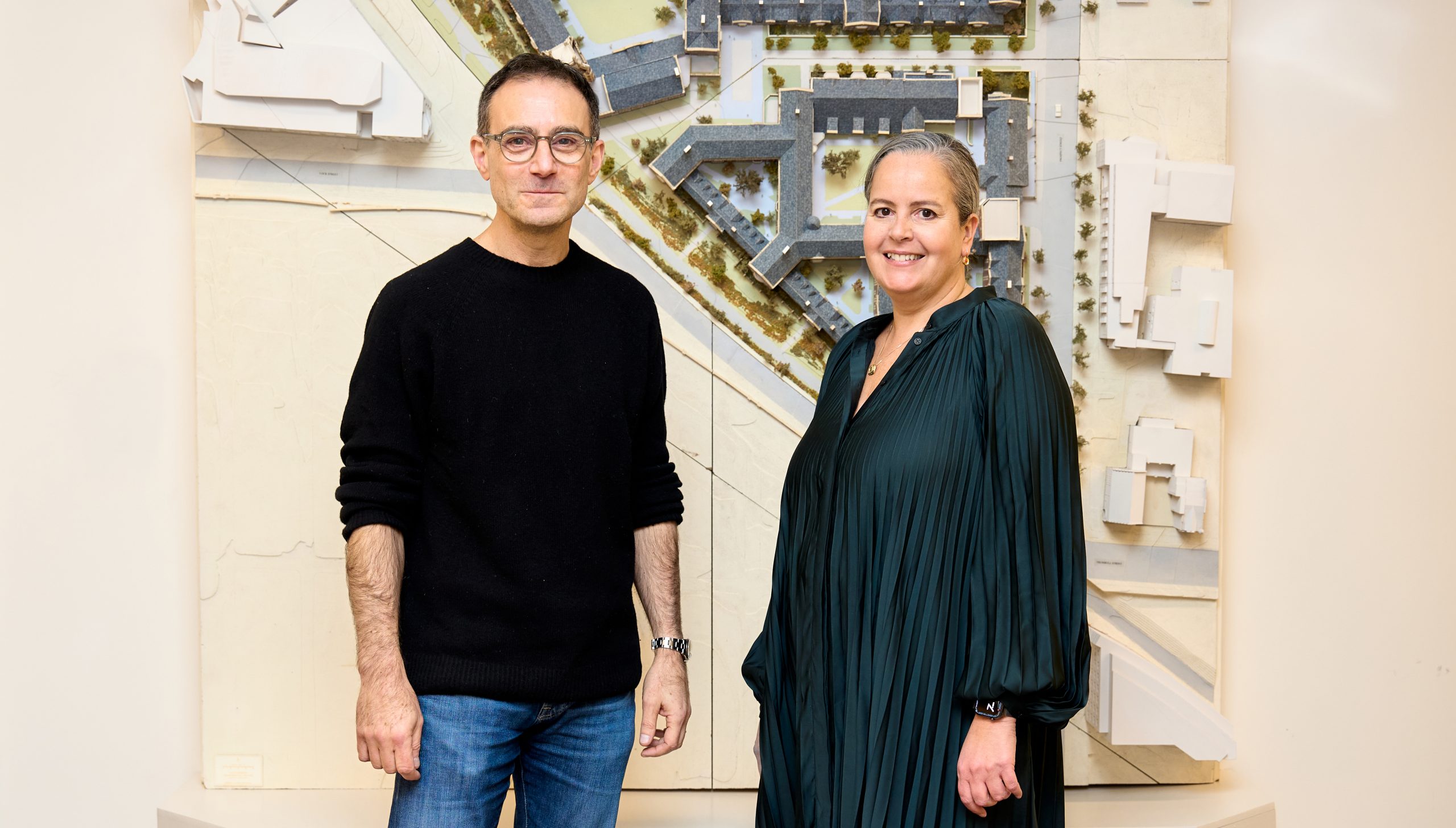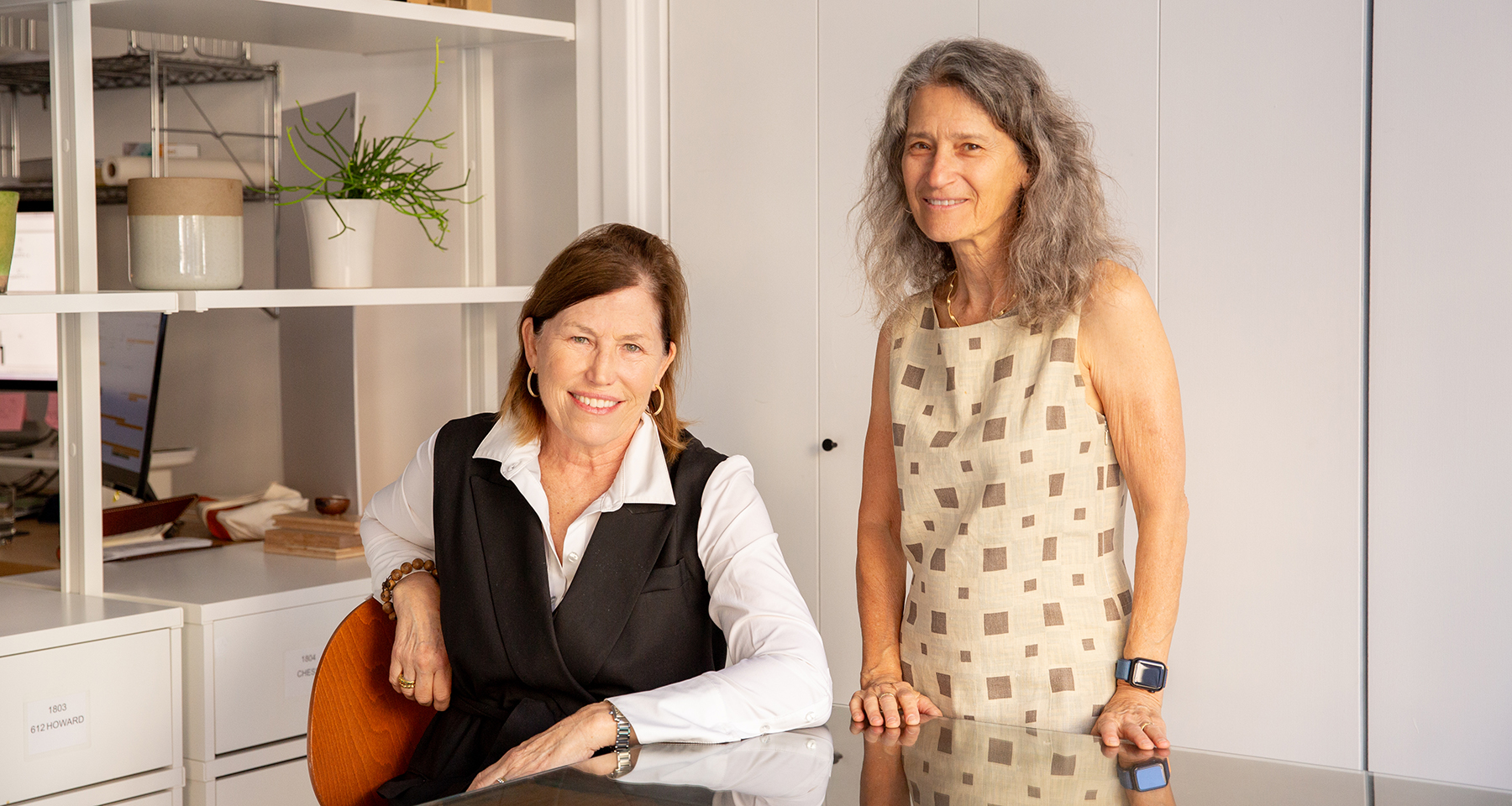Brick & Wonder Profile – Jeffrey Ramirez

Jeffrey Ramirez is passionate about using graphics and brand design to create a better built environment. Just as a single yellow line painted on the road prevents vehicles from crashing into each other, Jeffrey believes that graphic design has the ability to reshape cities, buildings, and homes in ways that enhance our everyday lives.
In 2011, Jeffrey helped launch The Up Studio along with architects John Patrick Winberry and Adam Wanaselja. His background in communication design, and experience working at various NYC design studios, prepped him with the ability to translate complicated architectural ideas into simple, comprehensive concepts and to develop cohesive visual languages. His work helps individuals navigate, understand, and engage with the spaces they inhabit.
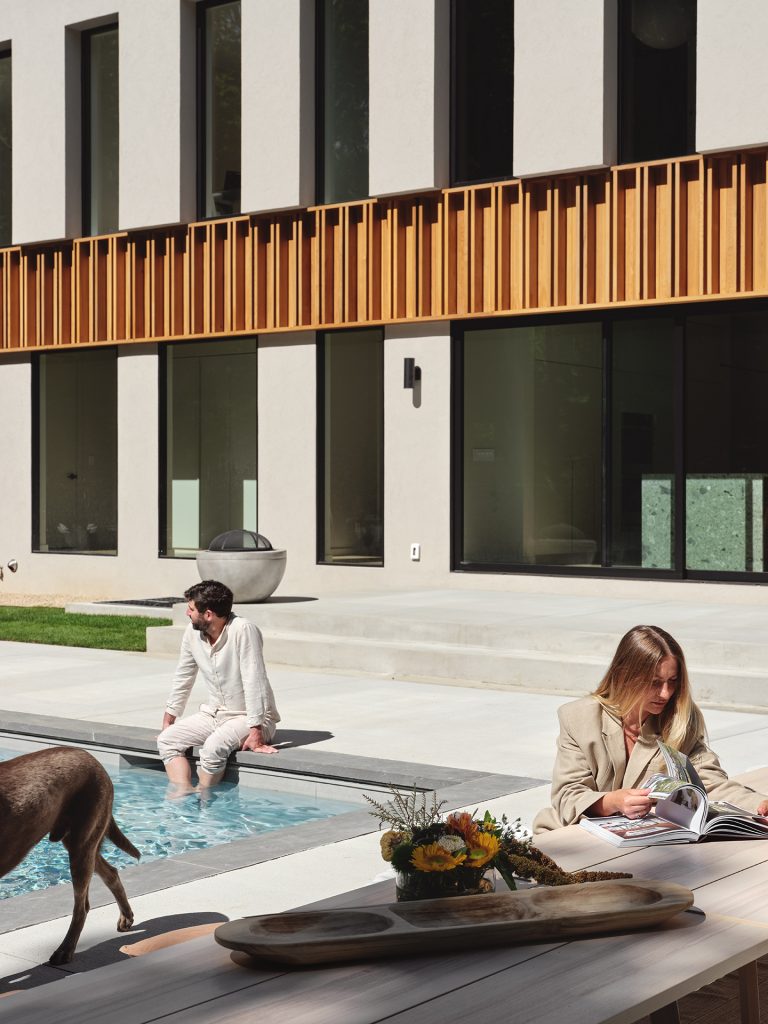
Q: If you could change one thing about how your field operates, what would it be, and why?
I was studying communication design and branding when I met two architects who would eventually become my partners at The Up Studio. I quickly became fascinated by their ideas, but I was baffled by the way they were trying to present them! Twelve years later, I’m still obsessed with rethinking the way we talk about our designs.
The ability to clearly translate architectural concepts to non-architects is essential.
Architects and designers spend so much time developing complex details and obsessing over precise nuances that when it comes time to present their ideas, many forget that the client may not have the same knowledge or training. It’s our job to make complex design concepts digestible for people who don’t have the same level of understanding.
Aesthetics are pretty subjective, building is incredibly complex, and projects are often super long, stupidly expensive, and frankly pretty scary for homeowners or investors. Clear communication can make it a little easier and a hell of a lot less frightening!

Q: What do you think are the biggest challenges or opportunities facing the built environment today?
One of our biggest challenges in creating a better built environment is educating the public about the value (and costs) of sustainable design.
As designers and architects, we’re not usually the ones funding the projects, so it’s our responsibility to explain the benefits of sustainable design to homeowners or investors before a preliminary budget is set. Then, we must reiterate that value at each step of the design process.
A lot of people in this industry hold an unbelievable wealth of knowledge, but we cannot present valuable solutions if our viewer doesn’t even understand (or care about) the problem. Design can both educate an audience and solve a problem simultaneously. We just need to prioritize conscious communication as a part of our mission.
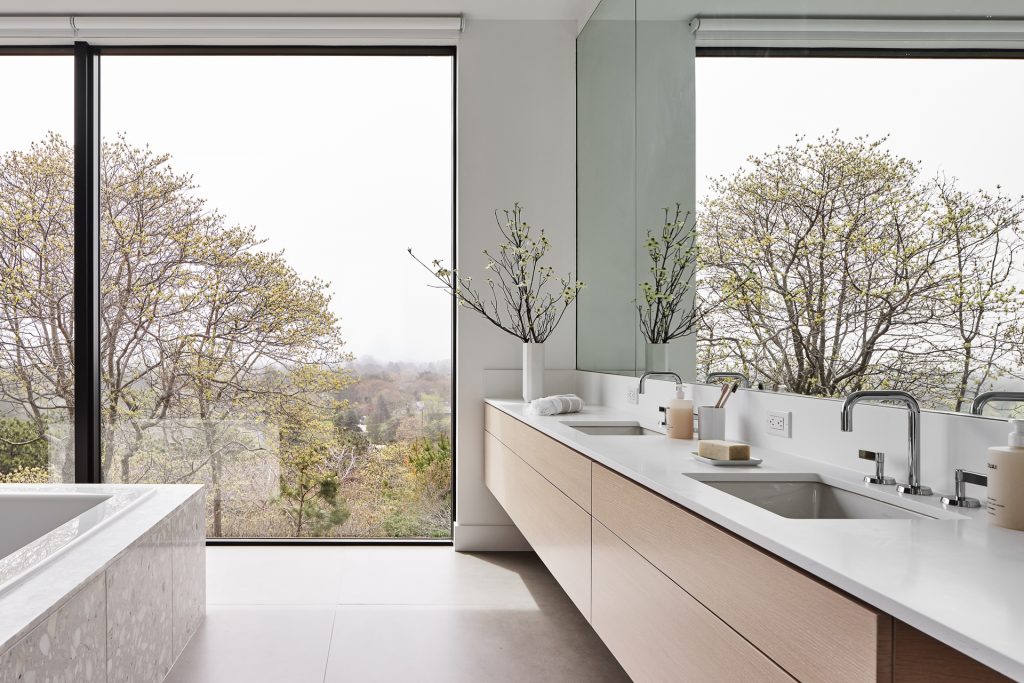
Q: What is the best piece of professional advice you have received?
A phrase that always sticks with me is something I heard from Rena Klein of CVG – “Your designs are unique, but your problems aren’t.”
We got into this field because we’re obsessed with design. That’s what we spent all of our time studying and improving. Rarely did we take time to learn what it was actually going to be like to run a growing business day-to-day. So, for years we fumbled through all of that, until we realized we could ask for help from outside teams and business coaches to help us manage, maintain, and grow our studio.
We knew we wanted our team’s culture to be different, but we needed help to learn how to do that and still thrive as a company.
There are good business owners who are bad designers. There are good designers who are bad managers. We want to be good at both.
In order to do that, we had to accept that there are a million things we didn’t learn in design school. Finding the perfect team, refining our design process, setting a healthy work/life balance, establishing efficient business operations, overdelivering on client happiness, managing our bookkeeping, marketing our services… the list goes on.
Putting our egos aside and realizing these challenges were not unique, and that we could call upon mentors and coaches, has been the key that has allowed us to elevate our studio.


